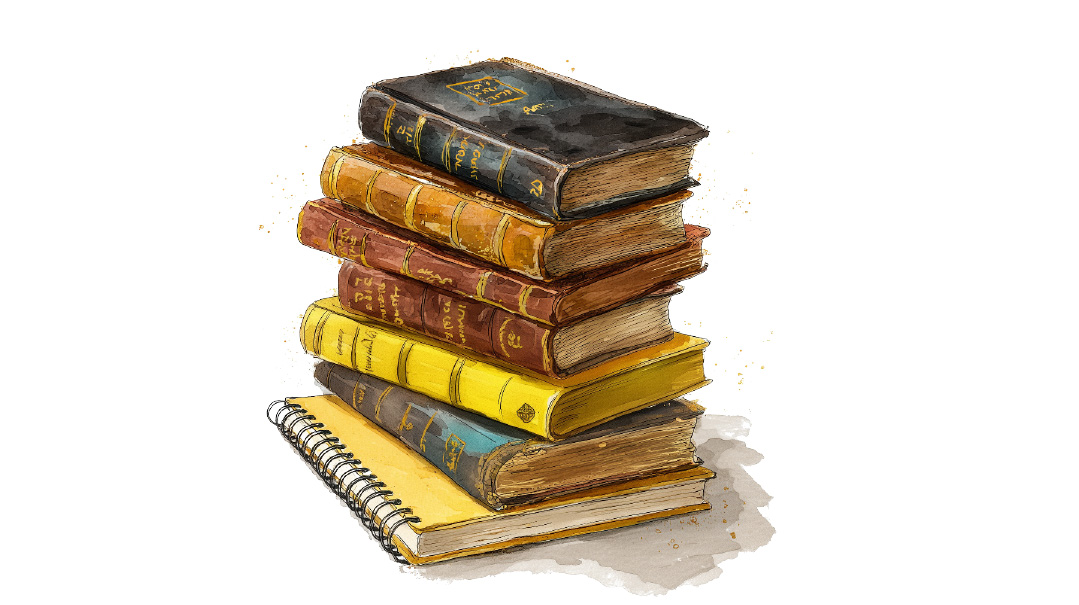Shivah Meditations

My recent shivah week for a beloved brother offered the opportunity to ruminate on some lesser-known elements of halachic mourning — elements that are often puzzling and paradoxical.
That the shivah period for a close relative is seven days is common knowledge. But why seven? While there is a mitzvah to mourn the dead, there are only oblique references but no clear Biblical or Rabbinic mandate for the seven days. The Talmud (Mo’ed Katan 20a) cites the prophet Amos who equates festivals and mourning: “I will turn your festival [chag] into mourning [eivel]” (8:10). The Sages derive from this equation that just as a festival — a chag — continues for seven days, so does the mourning period — aveilus — continue for seven days.
In strictly legal terms one can understand the analogy. But in conceptual terms, the idea of an equivalence between two such polar opposites is very puzzling.
To add to our puzzlement, the Sages offer other unusual parallels to mourning. Kesubos 1:1 suggests that the seven-day postwedding celebration, the sheva brachos week, is analogous to the post-funeral mourning of seven days. They even suggest that Moshe Rabbeinu instituted both periods — an analogy codified by Maimonides in his Laws of Mourning 1:1.
Other uncommon connections abound: Kesubos 17a states that Torah study may be interrupted for two events: for a funeral and for a wedding. And Pirkei d’Rabi Eliezer 17 relates that King Solomon built two gates in the ancient Beis Hamikdash so that “Jerusalemites would gather between the two gates and offer condolences to mourners at one gate, and congratulations to newly married couples at the other gate.”
Space does not permit further examples, but a thread of strange juxtapositions winds its way through the classical sources. Joy and sadness, festival and mourning, all share much common — and curious — ground. What are we to make of these odd couplings? For a connecting link, a glance beneath the surface is helpful.
It is possible that through these incongruous connections, the halachah is suggesting something very crucial: that our natural attitude toward chag and eivel, toward joy and sadness, is fundamentally out of joint. The conventional view is that feasting and lamenting are ultimate opposites. Death and tragedy are pivotal events, while festivals and joy are normal and not at all pivotal. In contradistinction to this, perhaps the halacha and the prophet Amos — whose analogies are deliberate and not haphazard or frivolous — are suggesting that just as the moment of eivel is a crucial time for introspection, so is the moment of chag.
The period of mourning generates the instinctive human reaction to take stock, to evaluate one’s life. One inevitably thinks of G-d in times of sadness and bereavement, whether in rebellion (“Why did I deserve this?”) or in search of comfort (“HaMakom yenacheim… may G-d console…”) or in confronting one’s own mortality.
Perhaps the halachah is proposing that so should it be at festive times — even though, at moments of Yom Tov conviviality, with festive food and drink on the table, the idea of taking stock, of reflecting seriously about life and our relationship to G-d, seems singularly out of place. Of course, there are baruch Hashems and brachos and Yom Tov Kiddush, but at chag and simchah times, rarely does an individual ask himself, Why did I deserve this? Only sadness engenders such questions, for we are convinced that laughter and joy are our right and due, no questions asked.
Enter the halachah, which suggests otherwise: Even the very opposite poles of life, the chag and the eivel, share an essential commonality, a commonality alluded to in Mishnah (Berachos 9:1): “Just as a person must bless G-d for the good, so must he bless Him for the bad.” In each event, the believing Jew cries out: “I am keenly aware, O G-d, of Your Presence, I acknowledge Your paramount role in every aspect of my life, be it sad or joyous; whether I cry or laugh, I know You are there, and I hereby reach out and try to connect with You.”
Only on the surface does the Talmudic connection between chag and eivel seem like a logical stretch. Beneath the surface the paradoxes disappear, the incongruities and odd juxtapositions fade away, and a crucial life lesson rises to the top.
May our connections with our Creator be enhanced through many joyous occasions, and in Yeshayahu’s words, “May G-d wipe away tears from all faces” (25:8).
(Originally featured in Mishpacha, Issue 744)
Oops! We could not locate your form.






